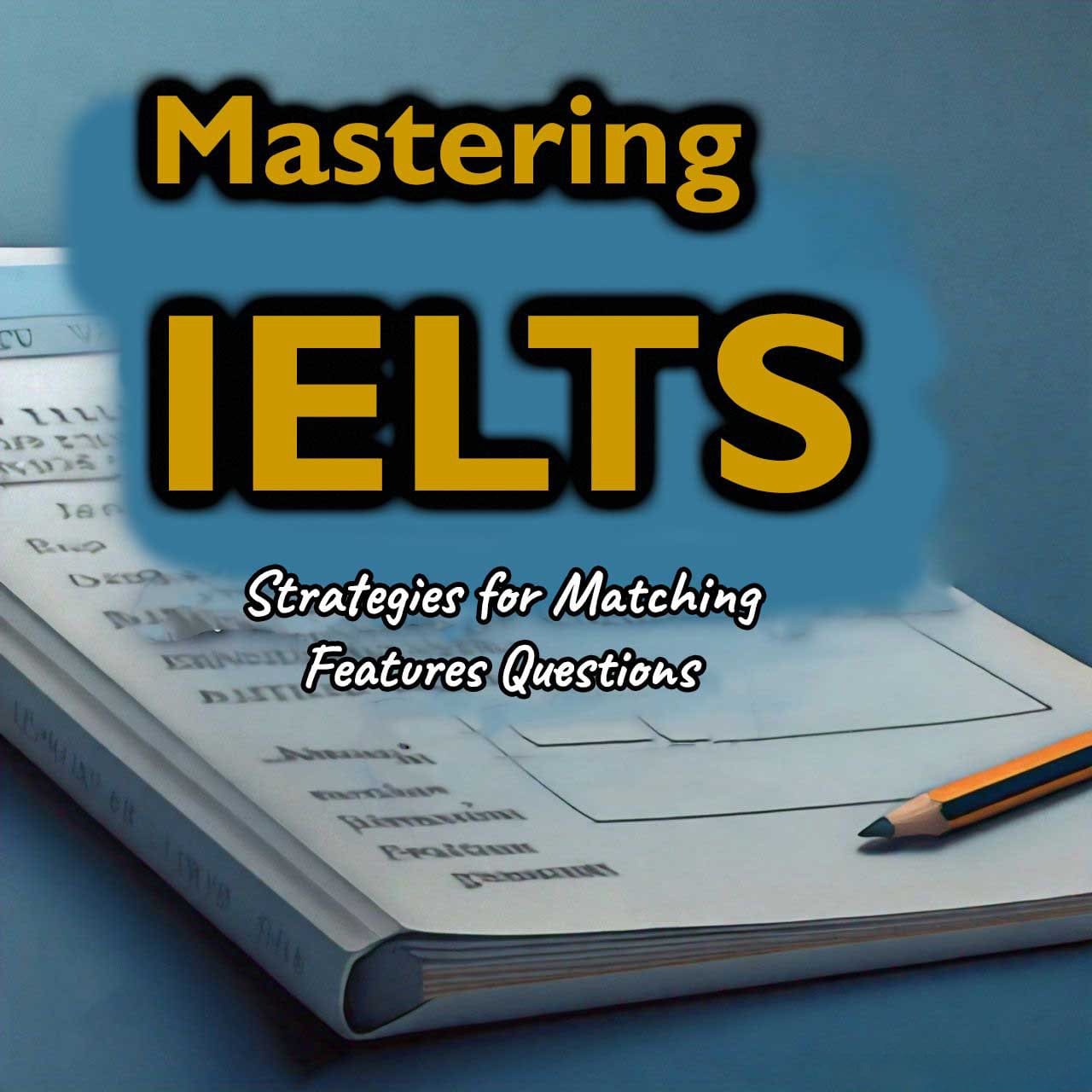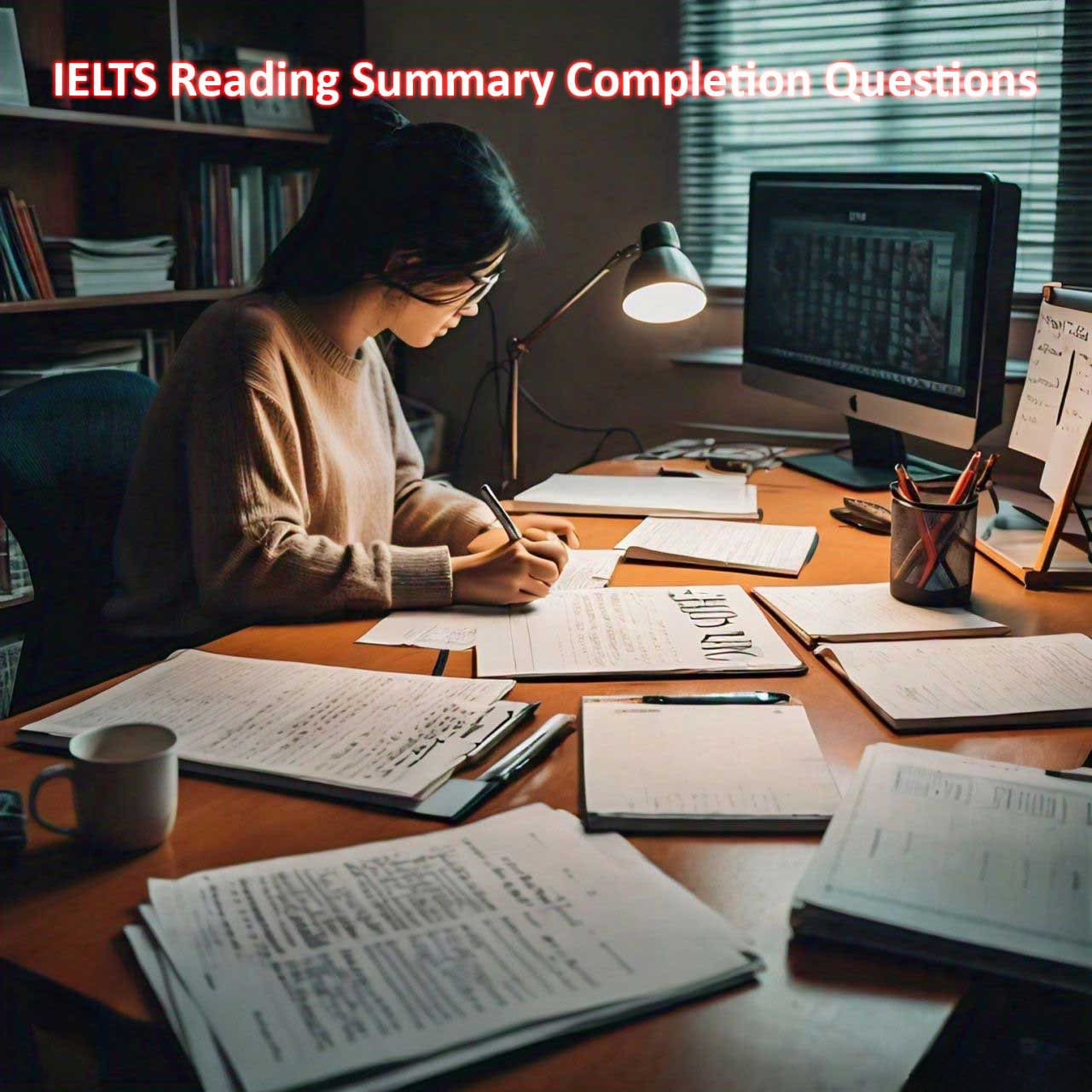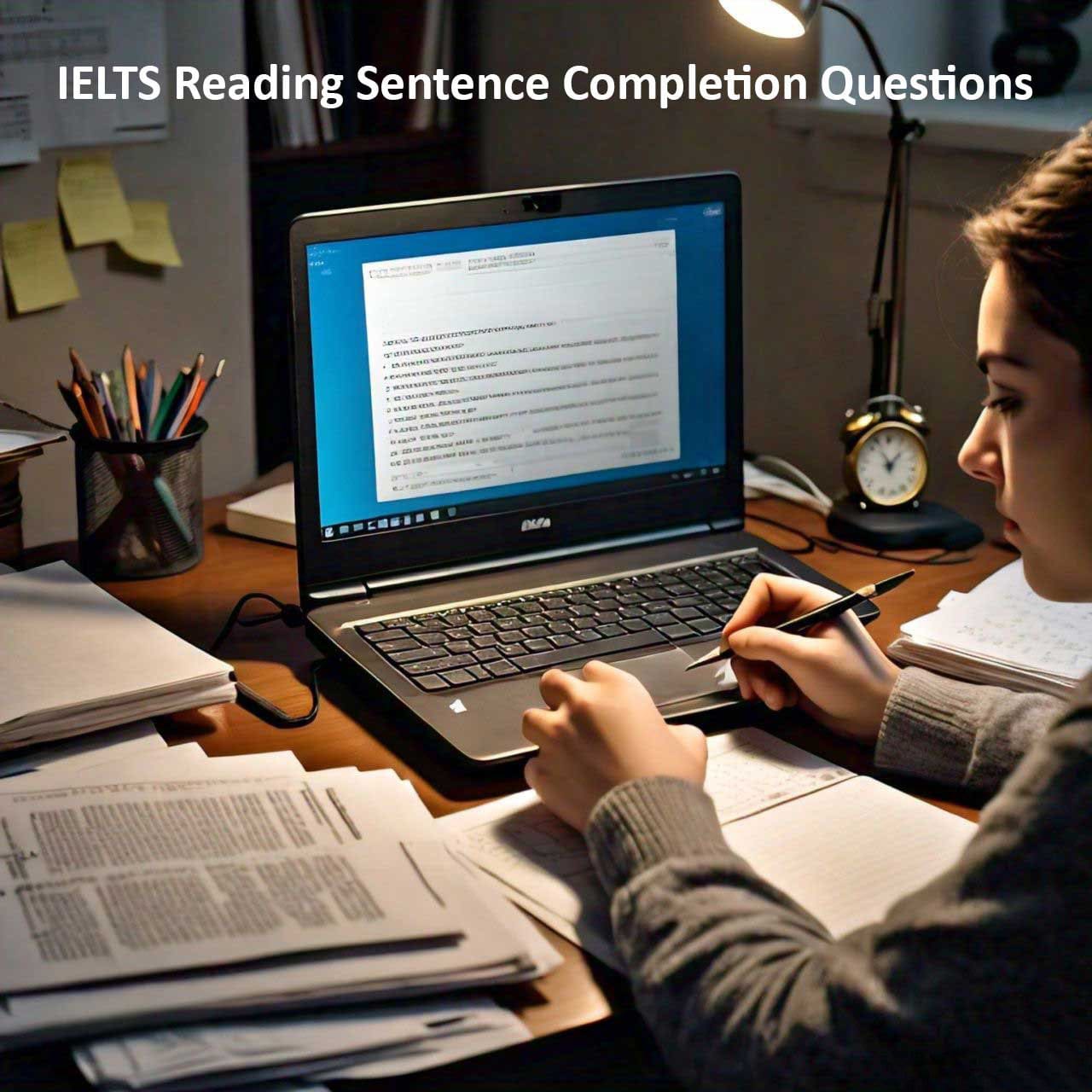The IELTS Reading test can be challenging, especially when it comes to Matching Features questions. These questions require you to match information or characteristics with different options provided in the text. This type of question tests your ability to recognize relationships and understand specific details. In this blog post, we’ll explore effective strategies to tackle Matching Features questions and boost your reading score.
Table of Contents
Understanding Matching Features Questions
Matching Features questions ask you to match a list of statements or features to different options (e.g., names, places, events) in the text. This involves understanding the main ideas, details, and connections within the passage.
Common Features in These Questions
– People: Matching characteristics or actions to different individuals.
– Places: Associating descriptions or events with different locations.
– Events: Linking specific details or outcomes to various events.
– Theories/Opinions: Connecting viewpoints or theories to different experts or sources.
Key Strategies for Success
1. Skim the Passage First
Start by skimming the passage to get an overall understanding of its content and structure. Focus on headings, subheadings, and any highlighted or italicized words. This will help you identify where different features or entities are discussed.
2. Understand the Options and Statements
Carefully read the list of options (e.g., names, places) and the statements you need to match. Underline or highlight keywords in both the options and the statements. This will help you focus on the specific details needed for matching.
3. Identify Keywords and Synonyms
Look for keywords in the statements and identify their synonyms or paraphrased versions in the text. The exact words may not always appear in the passage, so recognizing synonyms is crucial.
4. Use the Process of Elimination
As you identify matches, eliminate the used options and statements. This will help you narrow down the remaining choices and avoid confusion.
5. Locate and Scan for Details
After skimming, scan the text for specific details related to the keywords. Pay attention to names, dates, places, and unique terms that can help you locate the relevant sections of the passage quickly.
6. Match One Feature at a Time
Focus on matching one feature at a time rather than jumping between different statements. This approach ensures that you thoroughly check each feature against the text, reducing the likelihood of errors.
7. Consider Context and Logic
Ensure that the match you make fits logically within the context of the passage. Sometimes, statements may seem to match multiple options, but the context will help you determine the most accurate match.
8. Practice Regularly
Consistent practice with Matching Features questions will help you become more familiar with the format and improve your speed and accuracy. Use official IELTS practice materials and simulate test conditions to build your skills.
Example of Matching Features Question
Let’s go through an example to illustrate these strategies:
Passage Excerpt:
“Dr. Smith conducted a study on marine life, focusing on the impact of pollution on coral reefs. Meanwhile, Dr. Jones researched the migratory patterns of whales in the Pacific Ocean. Dr. Brown analyzed the effects of climate change on sea levels and coastal ecosystems.”
Question:
Match the researchers (A-C) with their respective studies.
A. Dr. Smith
B. Dr. Jones
C. Dr. Brown
1. Studied the effects of climate change on sea levels.
2. Researched the impact of pollution on coral reefs.
3. Analyzed migratory patterns of whales.
Solution:
– Statement 1: “Studied the effects of climate change on sea levels” matches C (Dr. Brown).
– Statement 2: “Researched the impact of pollution on coral reefs” matches A (Dr. Smith).
– Statement 3: “Analyzed migratory patterns of whales” matches B (Dr. Jones).
Practice Exercise:
Use practice exercises and passages to test your skills. Over time, you will become more adept at quickly identifying and matching features.
Conclusion
Mastering Matching Features questions in the IELTS Reading test requires a combination of skimming, scanning, and careful reading strategies. By understanding the task, identifying keywords, using synonyms, and practicing regularly, you can improve your accuracy and efficiency. Remember to approach each feature methodically, consider the context, and eliminate options as you go. With these strategies, you’ll be well-equipped to tackle Matching Features questions and achieve a high score in the IELTS Reading test.
Good luck, and happy studying!



